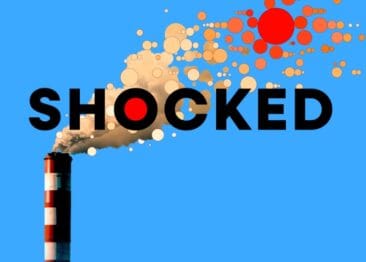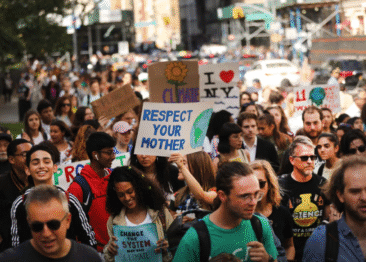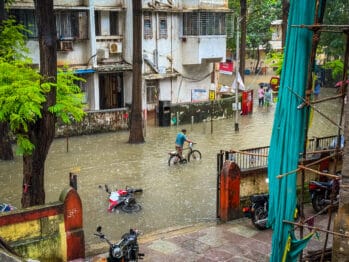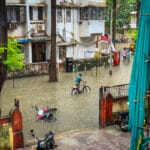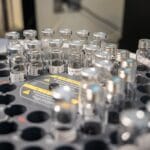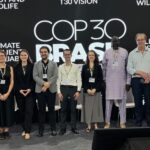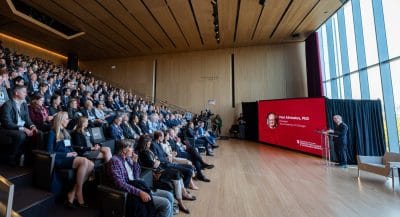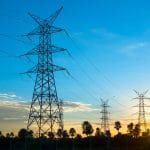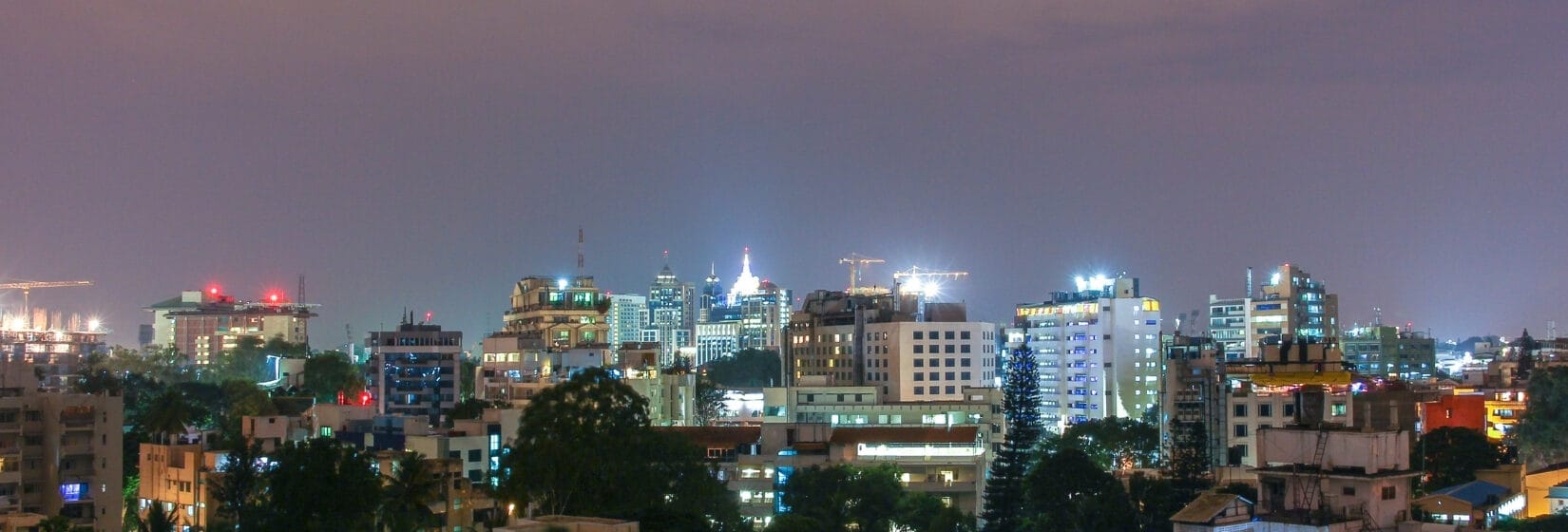Exclusive: New initiative aims to export cap-and-trade for pollution
By Ben Geman
After years of behind-the-scenes work, a pollution-trading initiative is publicly launching on Friday that works in India and plans expansion to other developing nations, the group tells Axios exclusively.
Why it matters: The Emissions Market Accelerator sees openings, based on its on-the-ground work to date, to cost-effectively cut pollution and CO2 using emissions trading on a very large scale.
- It looks to bring cap-and-trade methods associated with richer countries — think the successful U.S. acid rain trading program and regional CO2 work — to the global south countries in Africa, Asia, South America and other developing regions.
Driving the news: It’s a joint effort between the University of Chicago’s Energy Policy Institute (EPIC) and the Abdul Latif Jameel Poverty Action Lab, which works in developing nations including India.
“We have really compelling evidence that emissions markets are excellent ways, and inexpensive and cost-effective ways, to confront environmental problems almost exclusively in rich countries,” said EPIC director Michael Greenstone, the new group’s co-chair.
- “There’s a mismatch. You have this excellent tool. And yet, the largest pollution problems are not in the rich countries, and the global south is where the need for keeping things inexpensive is even greater,” he said.
- Forty-nine of the 50 countries with the worst air quality are in the global south outside the OECD, he notes. And developing countries are also where CO2 emissions are rising the most.
State of play: EMA has roots in pilot-scale work starting in 2019 with regulators in the Indian state of Gujarat to cut particulate pollution in Surat, and it extended to the city of Ahmedabad.
- Surat and Ahmedabad each have an estimated population of more than 8.5 million.
- It achieved 20% to 30% steeper cuts from industrial plants there — and at lower cost with higher compliance — than a control group covered by conventional rules, researchers said.
- Over 20 million people have seen air quality improvements thanks to the efforts, EMA said.
What’s next: It’s working with the Gujarat state government to create larger-scale sulfur dioxide (SO2) and wastewater trading systems.
- It’s also helping launch SO2 trading in the state of Maharashtra, targeted for early 2026, and beginning market design in the state of Rajasthan. There’s a possibility of linking all three markets, Greenstone said, to create the largest SO2 market ever.
- Stemming air pollution typically cuts CO2 as well, and Greenstone said discussions with some other countries are explicitly about potential CO2 markets.
How it works: Trading markets set caps on industrial pollution, and companies trade allowances under that ceiling.
- The idea is that market forces guide cost-effective cuts. It became notorious in the collapse of the CO2 cap-and-trade bill in Congress in 2010.
- But the Acid Rain Trading Program launched in the 1990s cut SO2 and nitrogen oxides from U.S. power plants.
- And today CO2 trading systems operate in Europe, Quebec, California and among Northeast and mid-Atlantic states.
What we’re watching: EMA is scaling up and seeking funding from private philanthropies, Greenstone said.
- He ultimately sees a $5 million to $10 million annual budget. One big goal: for pollution markets to benefit 1 billion people in the global south by 2030.















